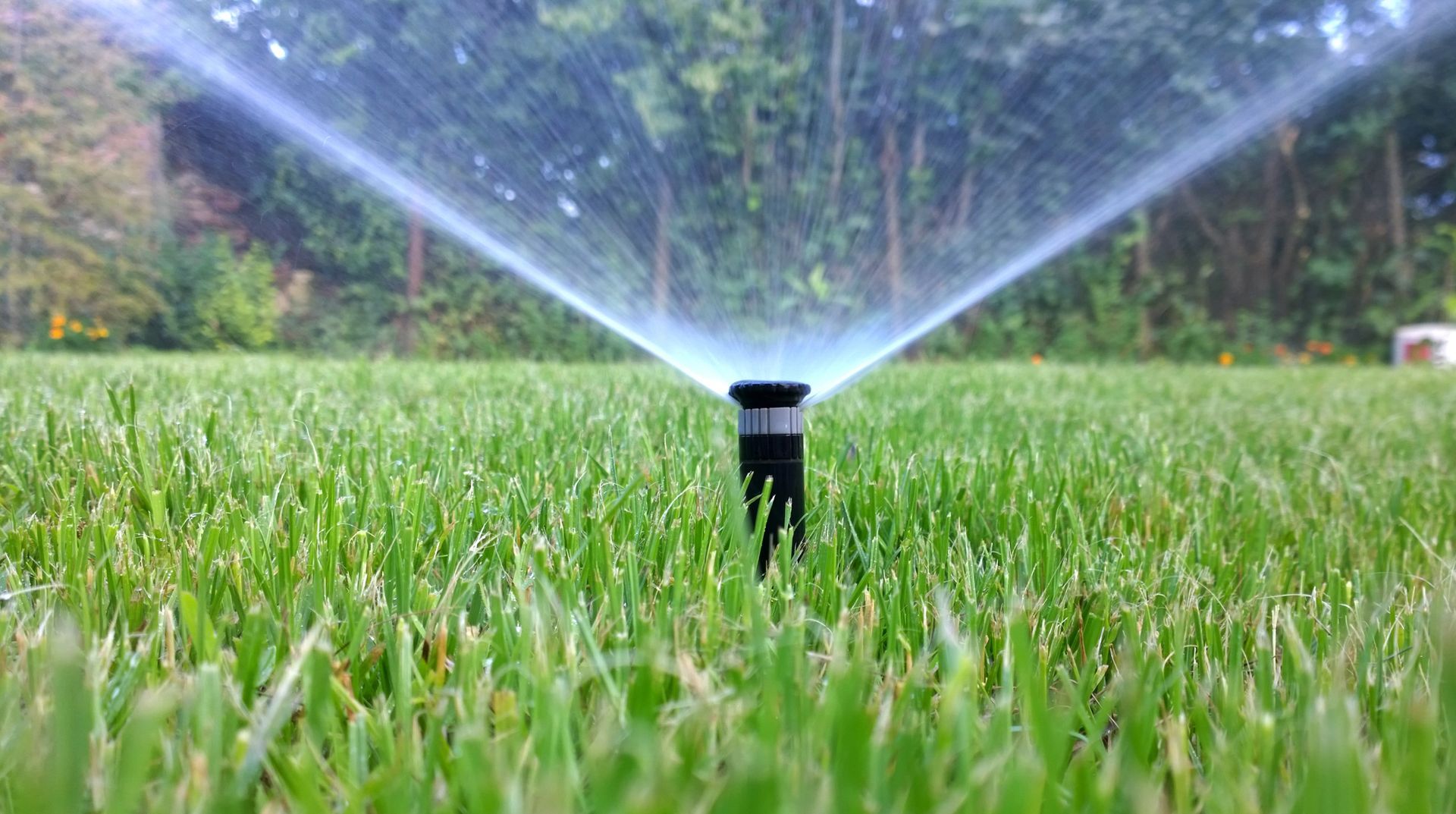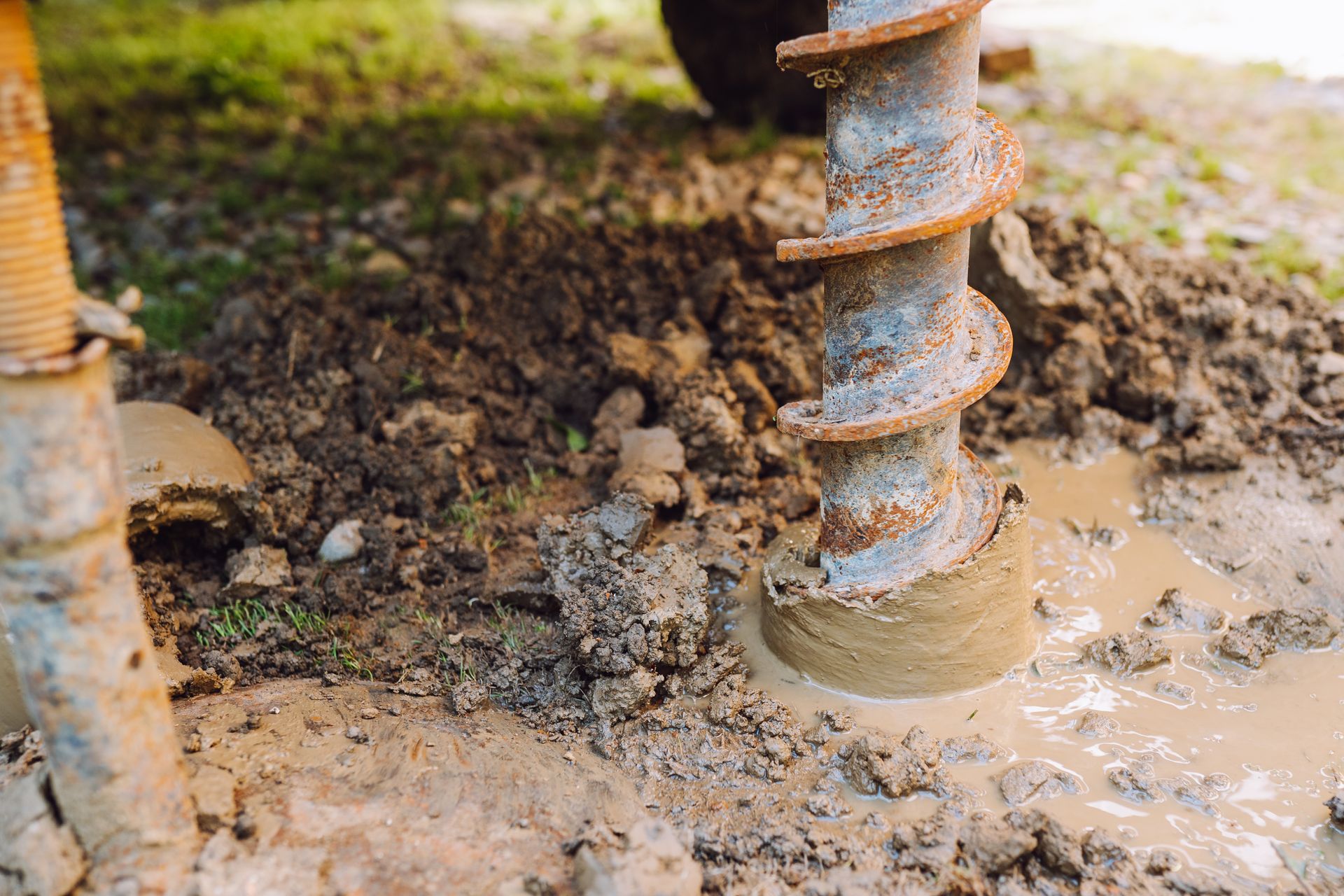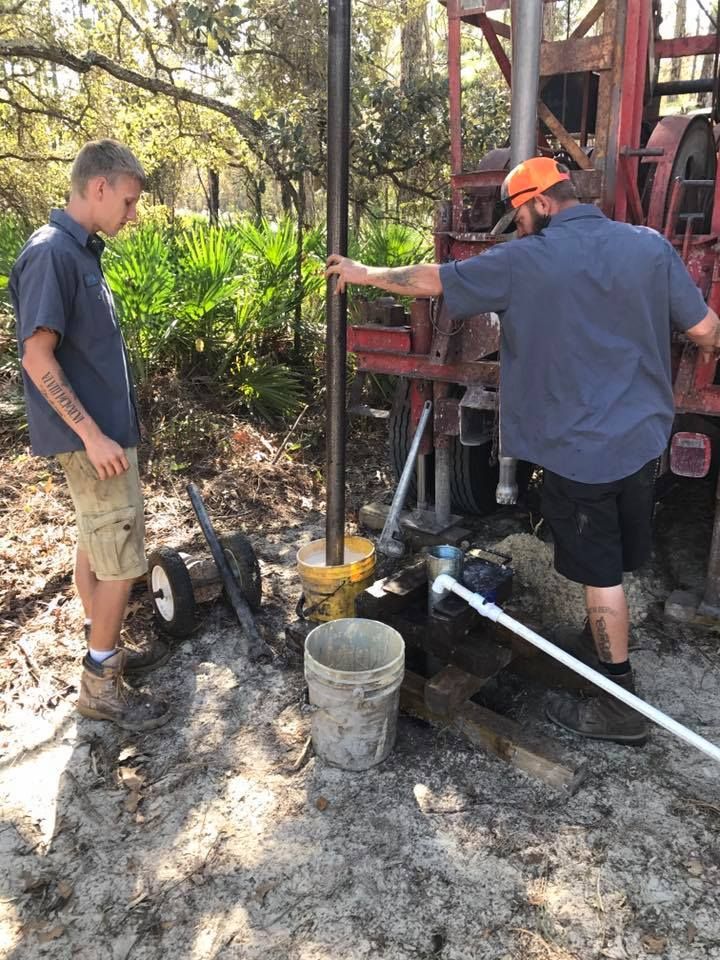Blog

When it comes to maintaining a beautiful and healthy landscape, effective irrigation is key. In Hernando County, where the subtropical climate can bring both intense sun and heavy rains, having a reliable sprinkler system is essential for homeowners and businesses alike. This blog will explore the importance of sprinkler services, the various types of sprinkler systems available, and how All-Tech Water Systems can help you keep your landscape lush and vibrant. #### The Importance of Sprinkler Systems A well-designed sprinkler system does more than just water your lawn; it contributes to the overall health and aesthetics of your property. Here are some reasons why investing in a quality sprinkler service is crucial: 1. **Water Conservation:** A professionally installed and maintained sprinkler system uses water efficiently, helping you conserve this precious resource. Automatic timers and smart controllers can ensure that your plants receive just the right amount of water based on current weather conditions. 2. **Time Savings:** Hand watering can be time-consuming. With an automated sprinkler system, you can set it and forget it, freeing you up to enjoy more of your day without sacrificing your landscape’s health. 3. **Increased Property Value:** A beautiful landscape can significantly boost your property’s curb appeal. A well-maintained sprinkler system contributes to lush greenery and vibrant flowers, enhancing your home’s value. 4. **Healthier Plants:** Consistent watering ensures that plants receive adequate moisture, promoting growth and resilience against pests and diseases. 5. **Expert Guidance:** Experienced sprinkler service providers, like All-Tech Water Systems, can offer valuable insights into the best types of systems for your specific landscape needs. #### Types of Sprinkler Systems There are several types of sprinkler systems available, each suited to different landscapes and preferences. Understanding these options can help you choose the right one for your property. 1. **In-ground Sprinkler Systems:** These systems are installed beneath the ground and are designed to be hidden from view. They can be programmed to operate on a schedule and cover large areas evenly. In-ground systems are perfect for lawns, gardens, and even athletic fields. 2. **Drip Irrigation Systems:** Drip systems deliver water directly to the root zone of plants through a network of tubing and emitters. This method minimizes evaporation and runoff, making it especially beneficial for flower beds, vegetable gardens, and shrubs. 3. **Spray Heads:** Spray heads are fixed sprinklers that emit a high volume of water over a specific area. They are great for small to medium-sized lawns and can be adjusted to cover different radius distances. 4. **Rotary Sprinklers:** These sprinklers rotate to cover a larger area while using less water than spray heads. They can be an excellent option for larger lawns, providing uniform coverage and reducing water waste. 5. **Smart Sprinkler Systems:** Combining technology with traditional irrigation, smart systems use weather data to determine when and how much to water. These systems can adjust to seasonal changes, ensuring optimal watering efficiency and convenience. #### Choosing the Right Sprinkler System for Your Landscape Selecting the appropriate sprinkler system depends on several factors unique to your property: 1. **Size of the Area:** Measure the total square footage of the area you wish to irrigate. Larger areas may benefit from in-ground systems or rotary sprinklers, while smaller spaces might only require spray heads or drip systems. 2. **Types of Plants:** Consider the specific watering needs of your plants. For example, a vegetable garden may require a drip irrigation system to ensure consistent moisture, while a large lawn could benefit from an in-ground system. 3. **Soil Type:** Different soil types absorb water at varying rates. Sandy soils drain quickly, while clay soils hold moisture longer. Understanding your soil type can influence the design and choice of your sprinkler system. 4. **Budget:** Quality irrigation systems can vary in price. Ensure you consider not only the initial installation cost but also long-term maintenance expenses. Investing in a dependable system from All-Tech Water Systems can save money and headaches down the line. 5. **Local Climate:** The climate in Hernando County features hot summers and mild winters. This information should guide your choice of sprinklers, especially regarding their runtime schedules. #### The Installation Process with All-Tech Water Systems At All-Tech Water Systems, we take pride in our streamlined process for installing and maintaining sprinkler systems throughout Hernando County. Here’s what you can expect from start to finish: 1. **Consultation and Site Assessment:** Our team will meet with you to discuss your landscaping goals and assess your property’s unique irrigation needs. This includes evaluating soil type, plant species, and existing landscape features. 2. **System Design:** Based on the site assessment, we’ll develop a customized sprinkler system design tailored specifically to your landscape. This plan takes into consideration water efficiency, coverage area, and local regulations. 3. **Installation:** Our trained professionals will install your new

When it comes to sourcing water from the earth, many homeowners in Spring Hill, Florida, are considering wells as an option for their water supply. This is especially true for those who prefer to have an independent water source, or who may not be connected to the city’s water system. However, before you start thinking about how to install a well, one of the first questions you’ll want to ask is: how deep does a well need to be in Spring Hill, FL? The answer isn’t simple, as there are several factors that influence the depth of a well in this region. From local geology and groundwater levels to the type of well you need and the water demands of your household, there’s a lot to consider before digging. This blog will explore the key elements that determine the depth of a well in Spring Hill, FL, and provide useful information for homeowners who are contemplating installing one. Understanding Well Types Before we dive into the specifics of how deep a well needs to be, it’s important to understand the different types of wells that can be installed, as the depth requirements for each can vary. The two most common types of wells are s hallow wells and deep wells . Shallow Wells: These wells typically tap into the water table within the top 25 to 50 feet of the ground. Shallow wells can be a good option for homes located near a reliable and high-quality groundwater source. However, shallow wells are more susceptible to contamination and may dry up during periods of drought. Deep Wells: These wells go much deeper into the earth, often ranging from 100 to 500 feet or more. They tap into aquifers that are less vulnerable to surface contamination and can provide a more consistent water supply. While they are more expensive to dig and maintain, deep wells are often the best choice in areas where groundwater is located at greater depths. The Geology of Spring Hill, FL Spring Hill is located in Hernando County, in the central-western part of Florida’s peninsula. The area sits on the Gulf Coast Karst landscape, which means that it is rich in limestone, a porous rock that can create natural water channels and aquifers. These aquifers, which contain water stored in underground layers of rock, can vary significantly in depth and size. In Spring Hill, the depth of the water table — the level below the surface where the ground becomes saturated with water — is usually between 10 and 50 feet, depending on the area. However, the actual depth at which you’ll hit groundwater can vary significantly based on factors like location, the season, and even the specific site on your property. It’s important to note that the Floridan Aquifer , which is a major source of groundwater in Florida, lies well beneath the surface in many parts of the state, including Spring Hill. This aquifer can be located anywhere from 100 to 1,000 feet below the surface, depending on the region. For homeowners who need a steady and reliable water supply, drilling to the Floridan Aquifer may be necessary, especially in areas where shallow groundwater is insufficient. Local Water Table and Seasonal Variations The water table in Spring Hill can vary based on both location and season. During Florida’s wet season (typically from June to October), groundwater levels are higher because of the increased rainfall. On the other hand, during the dry season (November to May), the water table can drop, potentially making shallow wells more prone to drying out. If you live in an area of Spring Hill that experiences seasonal fluctuations in groundwater levels, you might need to dig a deeper well to ensure a reliable water supply year-round. Additionally, homes located in low-lying areas or near coastal regions may need deeper wells because of the increased salinity and contamination risks associated with shallow groundwater. Determining Well Depth in Spring Hill, FL The exact depth required for your well depends on a few important factors, including: Water Demand: The amount of water your household uses on a daily basis will influence the depth of the well you need. Larger households, or those with high water usage (e.g., large irrigation systems, pools, or frequent use of appliances), may require a deeper well to ensure an adequate supply of water. Water Quality: If you are drilling a well for potable (drinking) water, you’ll need to make sure that the water source you tap into is clean and free from contaminants. Shallow wells are more vulnerable to contamination from surface runoff, so drilling deeper into the earth to reach the Floridan Aquifer may be necessary for better water quality. Geological Conditions: As mentioned, Spring Hill is located on karst terrain, where the depth to reach groundwater can vary widely depending on the local geology. In some areas, you may hit water within 25 feet, while in others, it could take several hundred feet. Geological surveys and testing are essential to determine the best drilling location. Regulations and Permitting: In Florida, well drilling is regulated by the Florida Department of Environmental Protection (FDEP) , and a permit is required to install a well. The FDEP and local authorities will have guidelines for well installation, including standards for well depth. Depending on the location and the intended use of the well, certain restrictions may apply. Water Table Fluctuations: As noted earlier, the water table in Spring Hill can fluctuate seasonally. To ensure a reliable water supply, you may want to dig deeper than the average water table depth, allowing you to access water even during dry periods. Well Drilling Costs and Depth The cost of drilling a well in Spring Hill, FL, varies significantly depending on the depth of the well. On average, homeowners can expect to pay between $15 to $30 per foot of depth for well drilling. This means that the deeper the well, the higher the cost. Shallow Wells: Shallow wells, which are typically 25 to 50 feet deep, will usually cost less to install, ranging between $1,500 to $4,500 for the entire installation, including equipment and labor. Deep Wells: Deeper wells, which can range from 100 to 500 feet or more, are much more expensive. For example, a well that is 150 feet deep might cost anywhere from $4,500 to $8,000, while a well that is 400 feet deep can cost $12,000 or more. In addition to the cost of drilling, there are other factors to consider, such as the installation of the well pump, electrical hookups, and any filtration or treatment systems needed to ensure safe drinking water. These can add an additional $1,000 to $5,000 or more to the overall cost of well installation. Well Maintenance and Lifespan After you’ve installed a well, it’s important to remember that regular maintenance is essential to ensure that your well continues to provide a reliable water supply. The lifespan of a well can vary depending on its depth, the quality of the materials used, and how well it’s maintained. In general, shallow wells may last between 10 and 30 years, while deep wells can last 50 years or more with proper maintenance. Routine maintenance tasks include: Water testing: Periodically testing your well water for contaminants (e.g., bacteria, nitrates, or heavy metals) is essential to ensure its safety for consumption. Pump maintenance: The well pump should be checked regularly to ensure that it’s functioning correctly. A malfunctioning pump can lead to water supply interruptions. Well cleaning: Over time, sediment and debris can build up in your well. Having your well cleaned periodically helps maintain water flow and prevent contamination. Checking for leaks: Inspecting the well casing and the surrounding area for any signs of leaks or damage will help avoid water contamination and loss.





